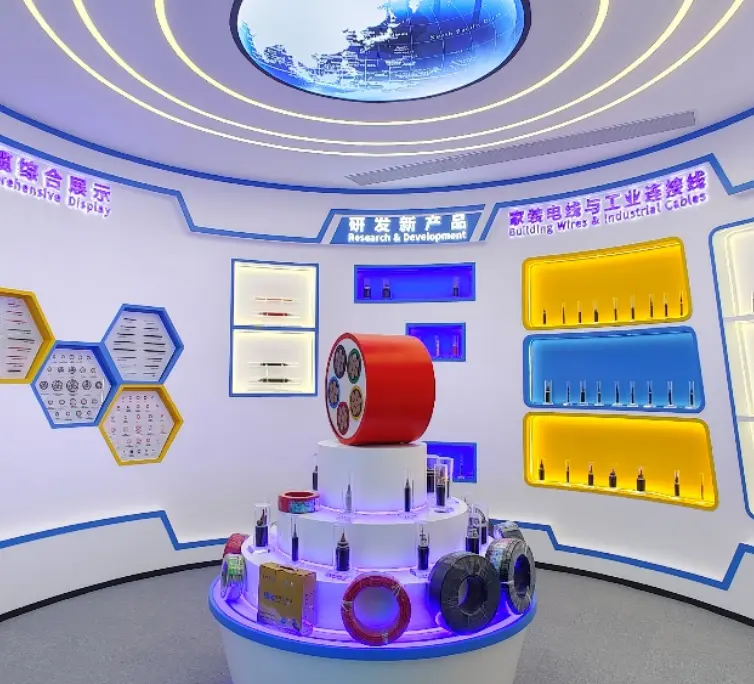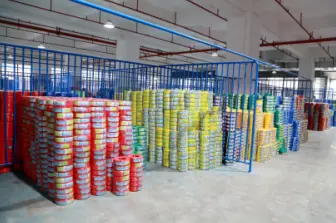What Are the Reasons for Moisture Absorption in Cross-linked Polyethylene Insulated Cables?
Introduction of Cross-Linked Polyethylene Insulated Cables
In the urban power grid renovation project, cables, especially cross-linked polyethylene insulated cables, have been widely used. However, due to the special nature of cables, they have special requirements for installation, operation, and maintenance. Moisture or water ingress into the cable reduces the insulation resistance of the cable, which is an important aspect of causing operational accidents in cable lines. After cross-linked polyethylene insulated cables are exposed to water, aging occurs under the action of the electric field, leading to cable breakdown. So what is the reason for the moisture in the cross-linked polyethylene insulated cables?
Reasons for Moisture in Cross-Linked Polyethylene Insulated Cables
1. When a new cable is delivered from the factory, both ends are sealed with plastic sleeves. But at the construction site, only a segment of the cable is used and the remaining part is wrapped with plastic, which is often exposed to the elements and not well sealed. Over time, water vapor may penetrate into the cross-linked polyethylene insulated cable.
2. When laying cross-linked polyethylene insulated cables, it is necessary to frequently traverse roads, bridges, culverts, etc. Due to weather or other reasons, water often accumulates in the cable trench. During the installation process, the cable head may inevitably be immersed in water due to poor or damaged plastic wrapping. In addition, when towing or threading the cable, the outer sheath and even the steel armor may be damaged, especially when using mechanical traction.
3. After the cable is laid, if the site conditions do not allow timely cable head production, the unsealed cable end may be exposed to air or even immersed in water for a long time, allowing water vapor to enter the cross-linked polyethylene insulated cable in large quantities.
4. In the cable head production process (including terminal heads and intermediate joints), due to the negligence of the construction personnel, newly processed cable ends may accidentally fall into the accumulated water at the site.
5. During the normal operation of the cross-linked polyethylene insulated cable, if there is a breakdown or other fault due to some reason, the water accumulated in the cable trench will enter the cable interior along the faulty point; In civil construction, especially on construction sites using large construction machinery, accidents such as cable damage or breakdown caused by various human factors are also common. When such accidents occur, the cable insulation is severely damaged and water ingress into the cable may also occur.
Latest News & Blog
 English
English  français
français  Deutsch
Deutsch  العربية
العربية  tiếng việt
tiếng việt  ไทย
ไทย  čeština
čeština  Indonesia
Indonesia  Eesti
Eesti  български
български  slovenčina
slovenčina 



